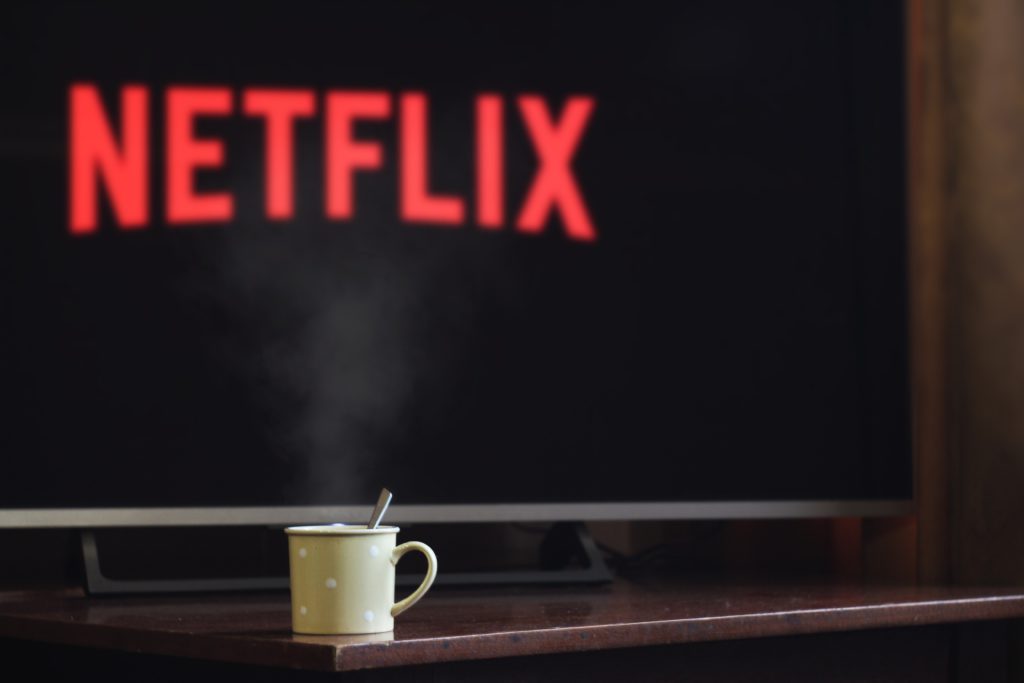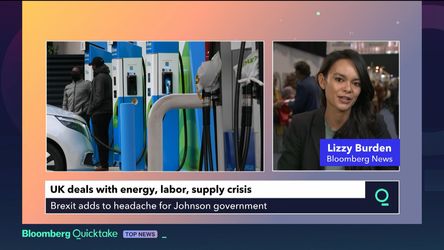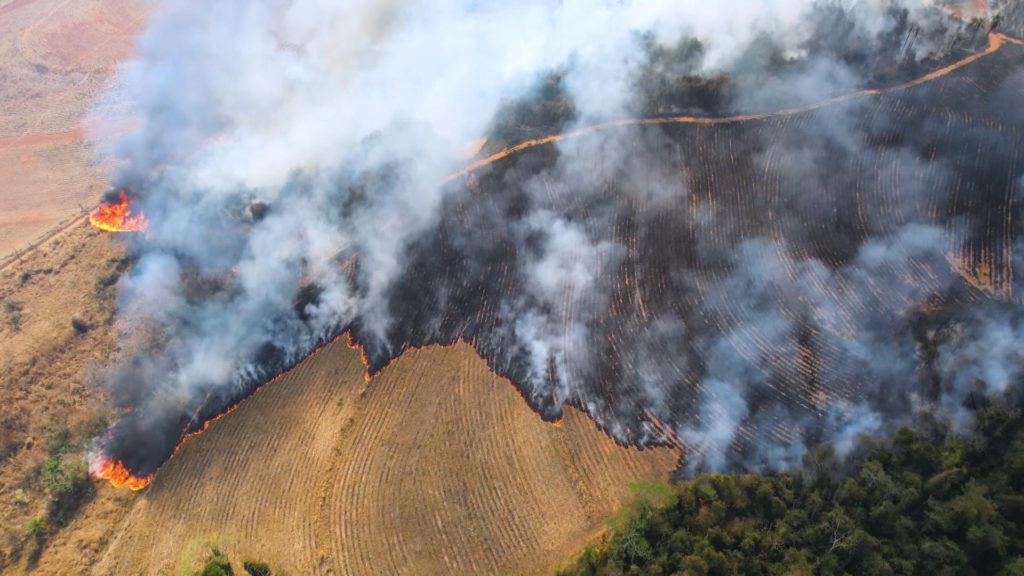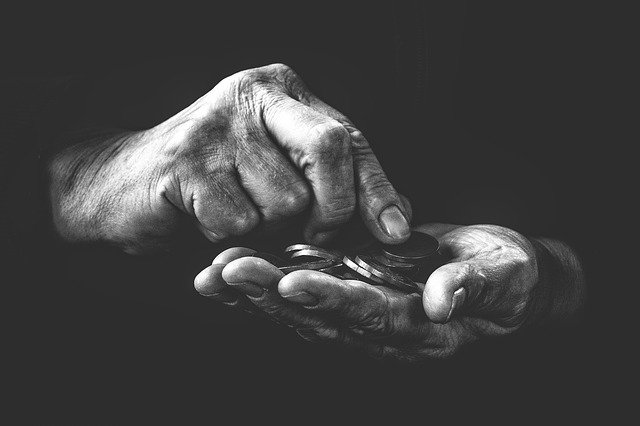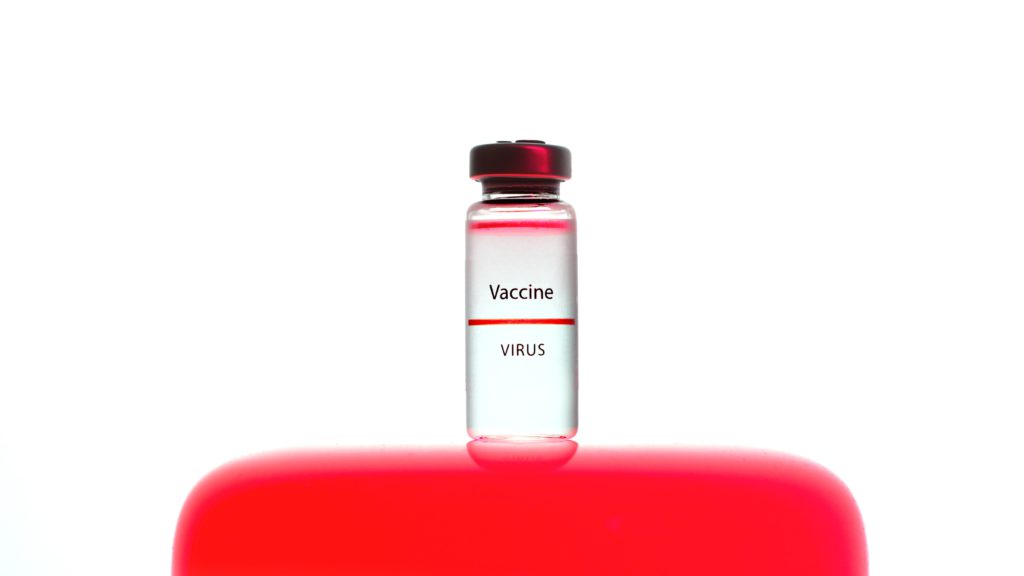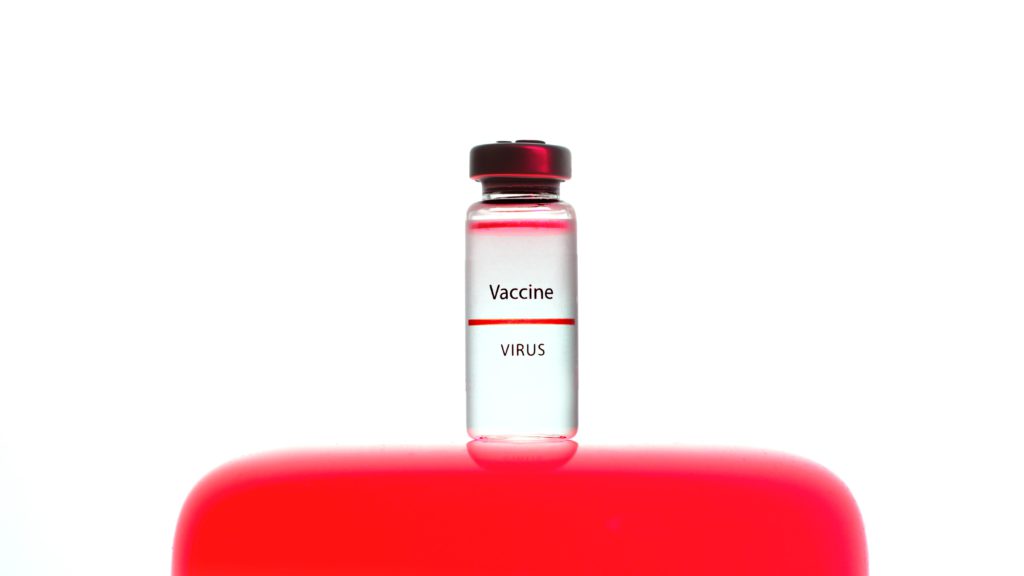How Decarbonizing Makeup Could Lead to Fossil-Free Aviation Fuel

(Bloomberg) – When Marc Delcourt founded more than a decade ago, he dreamt of transforming the aviation industry by getting rid of fossil fuels. In June, the company launched Last, a makeup brand with eyeshadows in colors ranging from mocha to iridescent lime. Despite the shift, he hasn’t deviated from his initial purpose, he says. That’s because the company has devised technology to make isododecane, a key component of long-wear and waterproof makeup, from plants instead of fossil fuels. And decarbonizing eyeshadow is just the first step.
“Cosmetics will lead the environmental transition because it’s the first oil-based sector that will completely get rid of oil,” Delcourt says. “For us, it’s the starting point.”
Cream, shampoo, cleaning products, and most makeup are made out of chemicals derived from crude oil. Over the past decade, rising consumer concern over the impact on human health and the environment has pushed the sector toward more transparency and developing so-called clean cosmetics.
But in a little-regulated industry with practically no oversight from independent bodies, such words as “green” and “organic” are often used loosely, says Michelle Wong, a Sydney-based blogger with a Ph.D. in chemistry who writes about the science behind beauty products. Similarly, consumers are often tricked into thinking that plant-based products have a lower environmental impact.
“There are a lot of brands genuinely trying. Whether they succeed or not is another thing,” Wong says. “And then there are lots of brands definitely greenwashing, whether they mean it or not.”
Global Bioenergies’ first steps took place very far from this debate. In 2008, Delcourt was a biotechnology Ph.D. working on a new prototype of a machine that could make isobutene from beet root, corn, or wheat, instead of fossil fuels.
Isobutene is a molecule composed of carbon and hydrogen. When combined, these molecules form isododecane, a chemical product used mainly in the aviation industry as a component of aircraft fuel.
In the late 2000s, with the technology to make electric planes still in very early stages, plant-based isododecane was the fastest way to reduce the environmental impact of an industry responsible for 2% of global emissions every year before the pandemic.
But soon, Delcourt realized that making industrial plants that could produce hundreds of tons of isododecane required a multimillion-dollar investment. A kilo of fossil fuel-based isododecane costs around €3 ($3.48), while a kilo of plant-based product could cost around €1,000.
So in 2015, Delcourt started looking for a sector that used isododecane in smaller quantities and that sold the end product at a much higher price. These two characteristics would make plant-based isododecane cost-effective, he thought. That sector was makeup.
Isododecane is a key component of long-wear makeup, a high-end, niche of the cosmetics industry that represents about a quarter of the market and is valued at around €10 billion, Delcourt says.
The biotech company hired chemists specializing in cosmetics and entered an agreement with L’Oréal so the world’s largest beauty company could test its product. While it still plans to go into aviation fuel, it made the cosmetics industry its new focus.
“We were there since the beginning of the adventure,” says Laurent Gilbert, director of sustainable innovation at L’Oréal research and innovation division. “We think it’s really important to accompany the development of initiatives whose technology can be used not just in the cosmetics market, but beyond that.”
In 2019, L’Oréal’s venture capital fund Bold invested €7 million in Global Bioenergies.
The June launch of Last makeup included 12 long-lasting liquid eyeshadows, three waterproof mascaras, and three eyebrow mascaras. In September, 21 liquid lipsticks debuted. They start at €18.
The products are 90% plant-based, with isododecane, vegetable waxes, and olive oil derivates as the main ingredients. The remaining 10% corresponds to pigments that can’t yet be obtained from natural sources. The packaging is made of glass and aluminum, as well as recycled and recyclable plastic and cardboard.
Next year Global Bioenergies wants to increase capacity in its production plant to make several dozen tons of plant-based isododecane. They aim to sell some of it to other cosmetics companies.
“Long-lasting products are flourishing now, partly because they’re associated with the idea that they perform well with masks,” Delcourt says. “For years, people had to choose between products that were of natural origin and products that perform well.”
That’s changing, says Georgie Eisdell, a Los Angeles-based makeup artist. “The products that are coming out are better and better,” Eisdell says. “For me, if a clean product has the same performance level as a not-clean product, then it’s a very easy choice. Why wouldn’t you use the cleaner product?”


